Technologies
DuckDuckGo: Meet the Privacy-Focused Rival to Google Search
What is DuckDuckGo, and how does it work? Here’s everything to know about the privacy-minded search engine.
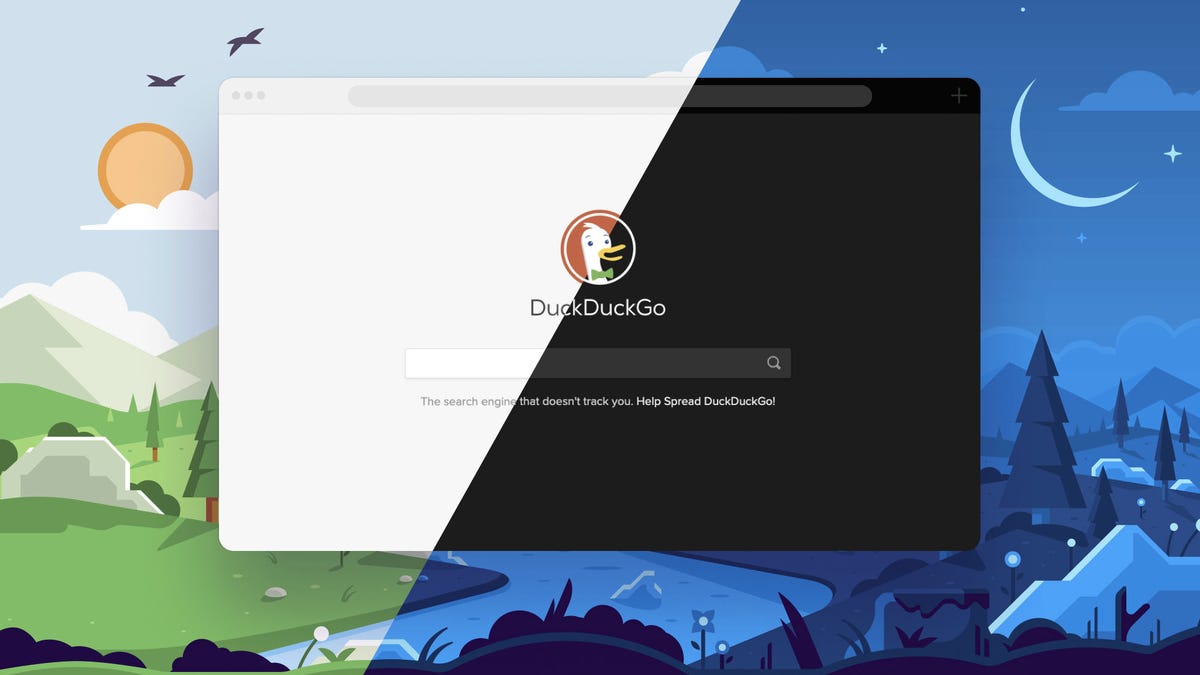
Online trackers can be annoying. You search for a product or click on an advertisement one time, and then ads for that product seem to follow you to the ends of the internet, even across devices. Sometimes, you just want a little privacy in your browsing. Enter DuckDuckGo, a search engine that pledges to keep your search activity anonymous and not track you online.
There are other private browsers, such as Brave and the Mullvad Browser, that block others from monitoring your online activity. But DuckDuckGo — which has spent heavily on an advertising campaign — sees itself as a direct competitor to Google Search, complete with a mobile app and extensions for Chrome, Firefox, Safari and other browsers, as well as a Mac browser in public beta.
After major incidents like the Cambridge Analytica scandal, people have become more aware of how much personal information is available to tech companies and advertisers — and are opting out of being tracked when they can. While it doesn’t track users, DuckDuckGo’s app was downloaded more than 50 million times between July 2020 and June 2021 — more than all other years combined since its 2008 launch.
Here’s what you need to know about DuckDuckGo and how it tries to keep your searches more secure.
What is DuckDuckGo?
DuckDuckGo is a search engine that offers a mobile browser app and a desktop extension, both aimed at allowing you to browse the internet without companies gobbling up your personal data. It promises to keep your searches private, anonymous and offers built-in tracker blocking, so the sites you visit have a harder time collecting information about you.
Read more: Best VPNs of 2023
How does DuckDuckGo work?
For starters, DuckDuckGo does not track searches made through its browser extension or mobile app. Other browsers, including Chrome, allow you to use private or incognito windows that don’t track your search history, but their default windows do. (That’s the basis of every «embarrassing search history» joke.) Instead of making you navigate to a different version of its app, DuckDuckGo never tracks your search history.
Searches made through DuckDuckGo also automatically connect you to the encrypted versions of websites wherever possible, making it harder for anyone else to see what you’re looking at online. This is another scenario where both options (encrypted and unencrypted) exist on other search engines, but the default isn’t always the privacy-friendly option. DuckDuckGo saves you the extra steps of manually navigating to encrypted connections.
DuckDuckGo was criticized in May 2022 when researchers discovered some Microsoft tracking scripts while using DuckDuckGo’s browsers. The presence of Microsoft trackers seemed to fly in the face of the search engine’s privacy promise, and DuckDuckGo’s founder and CEO clarified on Reddit that the company was «currently contractually restricted by Microsoft» from stopping Microsoft scripts from completely loading. This is because the company uses Microsoft’s Bing to power its search results. The company followed up in August, however, by announcing that it would further restrict Microsoft trackers in its browsers.
However, DuckDuckGo remains ahead of other popular privacy options when it comes to blocking tracking data, and the company has clarified its app store descriptions to better clarify limitations in its privacy protections. DuckDuckGo had also previously disclosed its partnership with Microsoft, and its CEO said in the Reddit post that the company is working to get that restriction changed.
DuckDuckGo also actively blocks external trackers from following you around online. For a more detailed explanation of DuckDuckGo’s privacy features, check out DuckDuckGo’s blog.
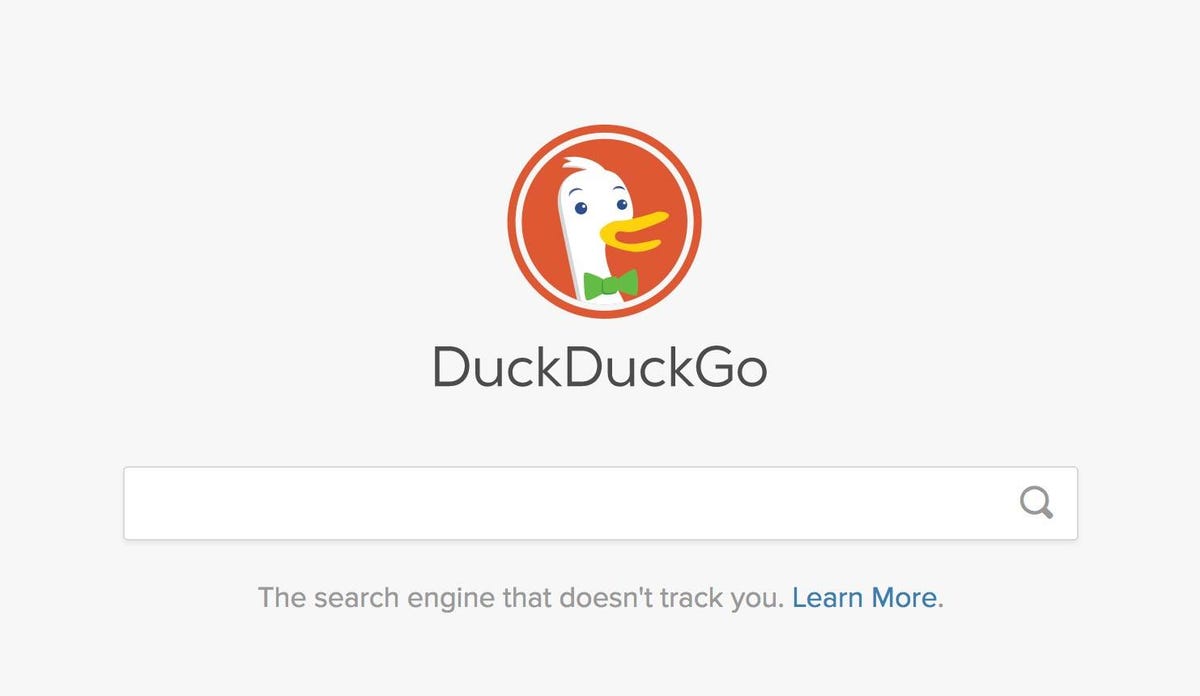

The DuckDuckGo search engine emphasizes privacy.
Screenshot by Stephen Shankland/CNETHow is DuckDuckGo different from Google Search? What about Incognito mode and private browsing?
DuckDuckGo essentially takes the opposite approach compared to other big tech companies like Google and Facebook, which have traditionally made money by targeting ads based on your browsing history and personal data. While Google has said it’s going to stop this practice, the platform still collects a ton of data about you, including your location and search activity — yes, even in incognito mode.
Incognito mode simply deletes information related to your browsing session from your computer: your history, cookies and any info you’ve entered into fields. Notably, it only does that after you end your session by closing out all your tabs. So if you leave your incognito tabs open for hours or days at a time, that information will still build up. And no matter what, Google can save your searches — and companies, internet service providers and governments can still track you across the internet, even when you’re using incognito mode.
DuckDuckGo is different because it doesn’t store your browsing data at all, and it blocks trackers while you’re browsing.
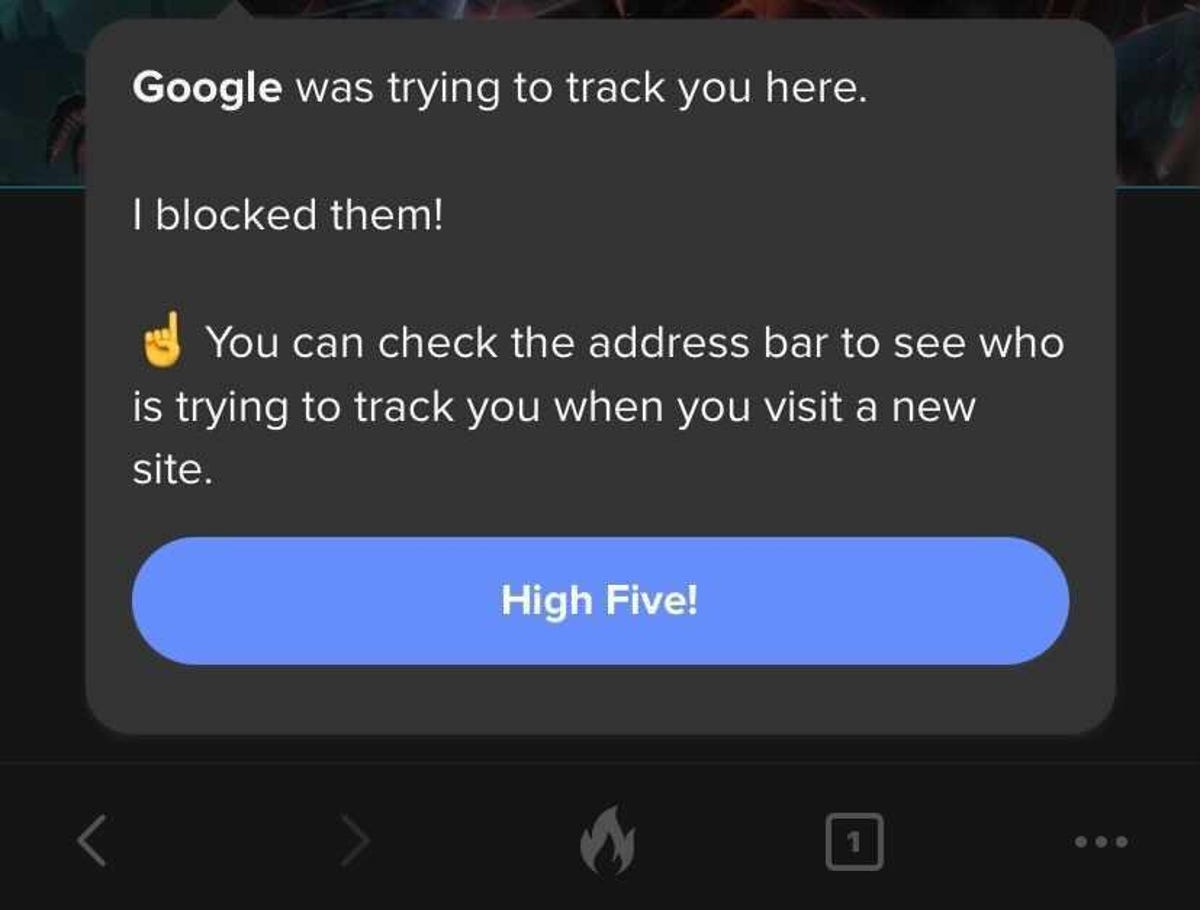

When you first use the DuckDuckGo Privacy Browser, the app will walk you through the different ways it protects your privacy.
Screenshot from Adam Benjamin/CNETIf it isn’t targeting ads, how does DuckDuckGo make money?
DuckDuckGo still makes money from advertising — it just doesn’t use targeted ads. The search engine shows you ads based on the keywords you search for, which aren’t connected to your personal data like your browsing or purchase history. Essentially, you’ll only see ads for whatever you’re currently searching for, not the weird product your friend sent you a link to last week that you now can’t get away from.
How can I use DuckDuckGo?
On mobile devices, simply open your app store and search for «DuckDuckGo.» You’ll be able to download the DuckDuckGo Privacy Browser app and use it the same way you’d use Chrome or Safari. At the bottom center of your app, you’ll see a fire icon, which you can press at any time to close all your tabs and clear all personal data.
On desktop, go to duckduckgo.com, where you’ll see a button to add DuckDuckGo to your browser. On Chrome, you’ll be directed to the Chrome webstore page to download the extension for free. On Safari, you’ll be instructed on how to set DuckDuckGo as your default search engine or to manually activate a search using DuckDuckGo.
For more about online privacy, check out the five reasons to ditch Google for DuckDuckGo, what to know about DuckDuckGo’s free AI feature DuckAssist and how DuckDuckGo’s app tracking protection beta is available to Android users.
Technologies
Sora Video Limits Got You Down? Pay Up for More, Says OpenAI
Sora has opened to everyone in the US, and OpenAI is now charging for extra AI video generations.
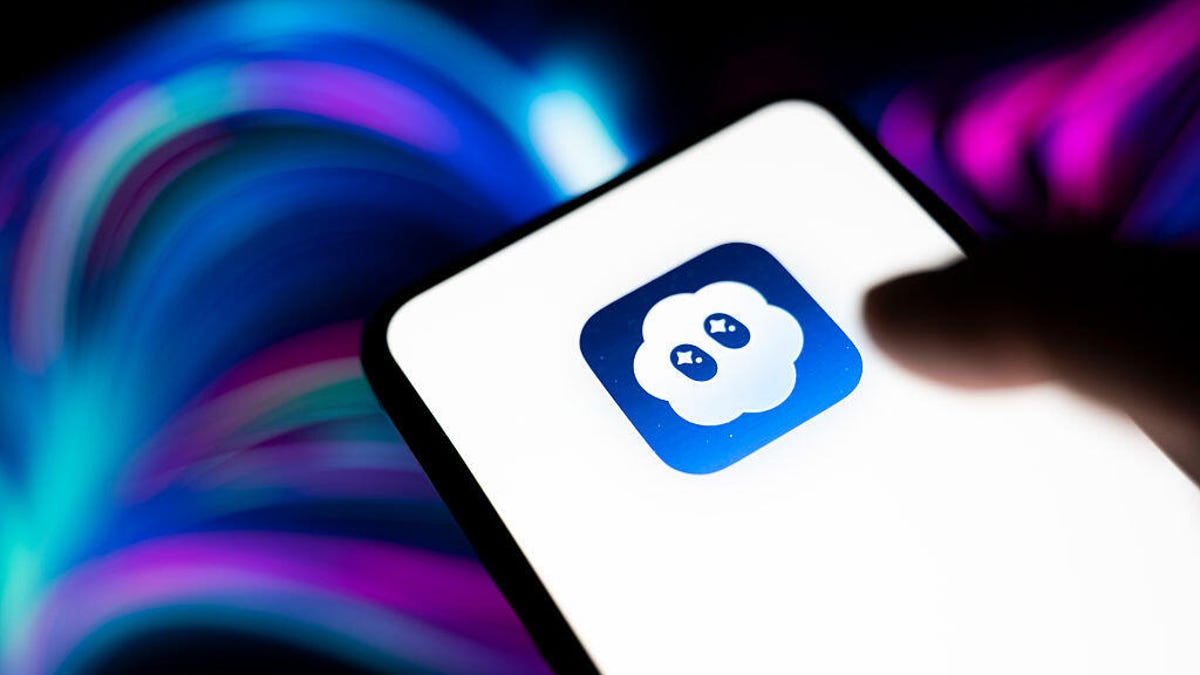
Soon after Sora dropped its invite-only requirement, OpenAI is already moving to monetize the popular AI video social media app. The company has introduced paid «video generation packs,» allowing you to purchase additional AI-generated videos after reaching the daily free limit.
Read also: Deepfake Videos Are More Realistic Than Ever. How Can You Spot if a Video Is Real or Sora AI?
Until now, you could generate around 30 videos a day for free or up to 100 for Pro accounts. Now, anyone who hits that cap will see a prompt to purchase extra «gens» through the App Store.
A small bundle of 10 extra generations costs roughly $4, according to Sora’s listing on Apple App Store, but OpenAI’s support page states that the exact credits used per video range based on factors like the video length and resolution.
Don’t miss any of our unbiased tech content and lab-based reviews. Add CNET as a preferred Google source.
OpenAI’s Bill Peebles confirmed the change in a post on X, citing increased demand and «unsustainable» economics as reasons behind the change. He also confirms the free quota options are likely temporary.
«Eventually, we will need to bring the free gens down to accommodate growth (we won’t have enough GPUs to do it otherwise!), but we’ll be transparent as it happens,» he wrote. «[i]n the meantime, enjoy the crazy usage limits.»
Read also: OpenAI’s Sora Is Getting Another Wave of New Features, Including Video Editing
Technologies
You Can Nab the Apple Watch SE 3 for a Record-Low $200 if You Act Fast
Amazon just knocked $49 off this budget-friendly wearable for the first time since its release.
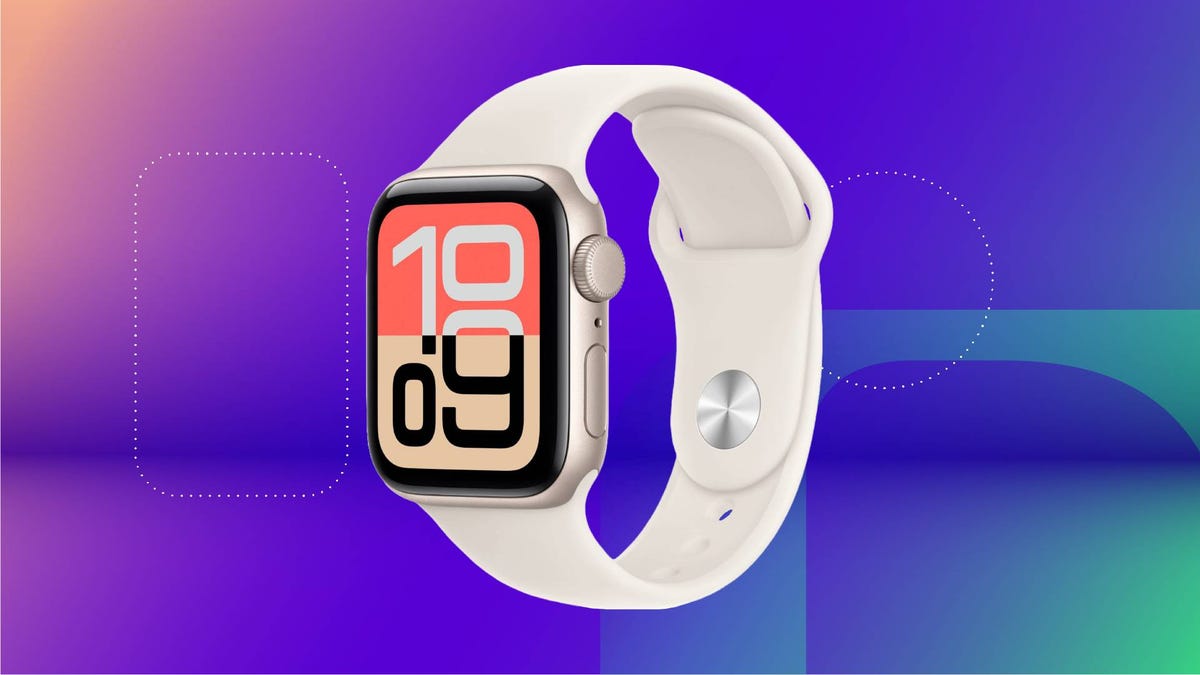
Released alongside the Series 11 and Ultra 3, the Apple Watch SE 3 is the latest budget-friendly model in Apple’s lineup. Starting at $249, it already saves you $150 compared to the Series 11, and right now you can pick it up for even less.
Amazon is offering the biggest (and practically only) discount we’ve seen since this smartwatch hit shelves, knocking it down to a record-low $200. That’s a $49 discount, but it only applies to the starlight color. We also don’t expect this deal to last long, so be sure to get your order in soon.
Even at full price, CNET smartwatch expert Vanessa Hand Orellana called the third-gen SE a «$250 steal that delivers nearly everything you’d want from a wearable, with surprisingly few compromises.» It’s equipped with the same S10 processor as the Series 11 and Ultra 3, and offers many of the same features, like fast charging, 5G connectivity and new wellness tools. Plus, the vibrant 40mm display is always on, so you can check the time with a glance. Other helpful features include onboard Siri, fall detection and a durable design that’s water-resistant up to 50 meters.
SMARTWATCH DEALS OF THE WEEK
-
$329 (save $100)
-
$200 (save $100)
-
$200 (save $100)
-
$500 (save $150)
Why this deal matters
Deals on the latest Apple tech are far and few between, which makes this Apple Watch SE 3 discount a welcome surprise. You can pick it up for a record-low $200 right now at Amazon, which is just half the price of the flagship Series 11. If you prefer a larger display, the 44mm model is also $49 off, dropping the price to $230.
You can also find plenty of other bargains on the latest and previous-gen models in our full roundup of all the best Apple Watch deals.
Join Our Daily Deals Text Group!
Get hand-picked deals from CNET shopping experts straight to your phone.
By signing up, you confirm you are 16+ and agree to receive recurring marketing messages at the phone number provided. Consent is not a condition of purchase. Reply STOP to unsubscribe. Msg & data rates may apply. View our Privacy Policy and Terms of Use.
Technologies
Surprise Twist: Apple’s Next iPhones Might Come in These 3 Unlikely Colors
Apple seems to be choosing a deep, earthy path for its upcoming phone colors.

From cosmic orange to coffee brown? Brown, purple and burgundy will be the available colors for the iPhone 18 Pro next September, if a leak out of China proves true.
Depending on your language translator, brown could mean simply «brown» or «coffee brown,» but you get the general idea. The tidbit comes from regular leaker Digital Chat Station’s post on the Chinese microblogging platform Weibo. The post also says that black will not be an available color for the iPhone 18 Pro.
A representative for Apple did not immediately respond to a request for comment.
The iPhone 17 Pro comes in cosmic orange, deep blue and silver.
Don’t miss any of our unbiased tech content and lab-based reviews. Add CNET as a preferred Google source.
The Apple release schedule for the iPhone 18 series has been shifting, but the latest intel reports that the iPhone 18 Pro, iPhone 18 Pro Max and iPhone Fold will launch in September 2026. The iPhone 18 and iPhone 18e will follow in the spring of 2027.
If Digital Chat Station’s leak is accurate, the iPhone 18 Pro would be the first Pro edition in years without a color resembling black, white or silver.
Here are the colors for the iPhone Pro dating back to its introduction in 2019:
2019: iPhone 11 Pro/Pro Max: Midnight Green, Space Gray, Silver, Gold
2020: iPhone 12 Pro/Pro Max: Graphite, Silver, Gold, Pacific Blue
2021: iPhone 13 Pro/13 Pro Max: Graphite, Gold, Silver, Sierra Blue, Alpine Green (March 2022)
2022: iPhone 14 Pro/14 Pro Max: Space Black, Silver, Gold, Deep Purple
2023: iPhone 15 Pro/15 Pro Max: Black Titanium, White Titanium, Blue Titanium, Natural Titanium
2024: iPhone 16 Pro/16 Pro Max: Black Titanium, Natural Titanium, White Titanium, Desert Titanium
2025: iPhone 17 Pro/17 Pro Max: Cosmic Orange, Deep Blue, Silver
Not offering any version of black for Pro models might seem counterintuitive, since the iPhone 16 Pro Max black titanium version has been a big seller, and black has also been popular with iPhone 17 shoppers. But a lack of black has not hurt iPhone 17 Pro sales.
-

 Technologies3 года ago
Technologies3 года agoTech Companies Need to Be Held Accountable for Security, Experts Say
-

 Technologies3 года ago
Technologies3 года agoBest Handheld Game Console in 2023
-

 Technologies3 года ago
Technologies3 года agoTighten Up Your VR Game With the Best Head Straps for Quest 2
-

 Technologies4 года ago
Technologies4 года agoVerum, Wickr and Threema: next generation secured messengers
-

 Technologies4 года ago
Technologies4 года agoBlack Friday 2021: The best deals on TVs, headphones, kitchenware, and more
-

 Technologies4 года ago
Technologies4 года agoGoogle to require vaccinations as Silicon Valley rethinks return-to-office policies
-

 Technologies4 года ago
Technologies4 года agoOlivia Harlan Dekker for Verum Messenger
-

 Technologies4 года ago
Technologies4 года agoiPhone 13 event: How to watch Apple’s big announcement tomorrow
